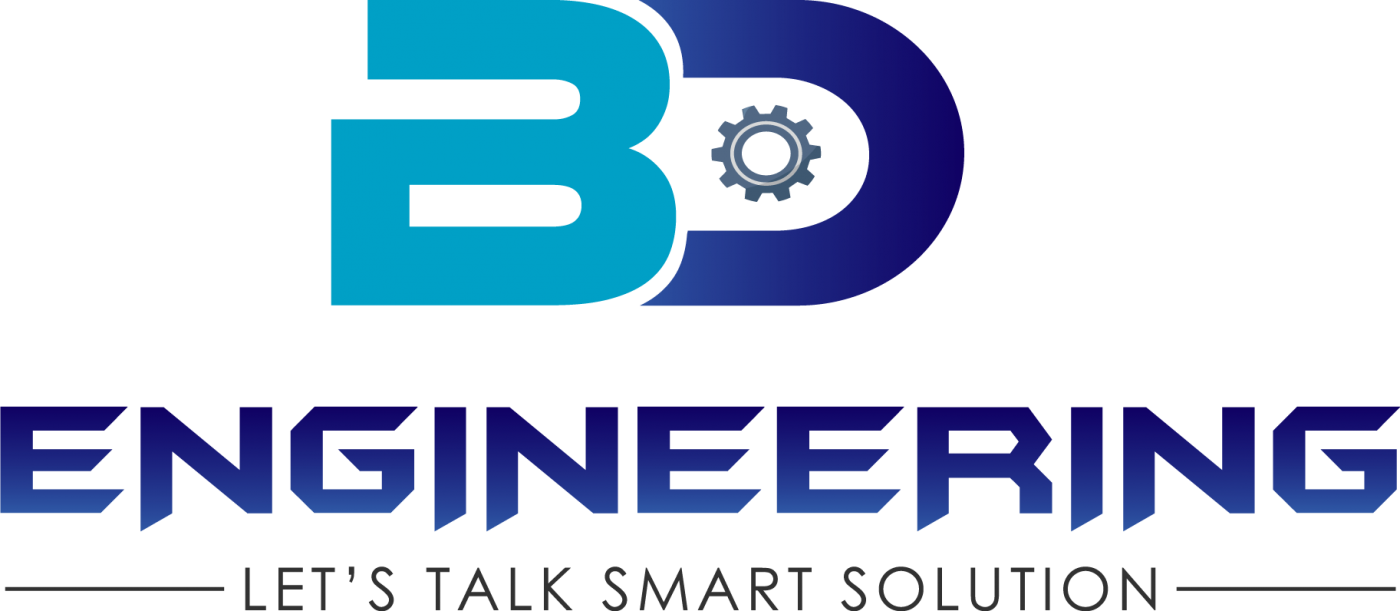Want to bring Industrial Machinery Parts products directly from import to Bangladesh without any hassle?
Importing industrial machinery parts into Bangladesh requires careful planning and adherence to import regulations to ensure a smooth and hassle-free process. Here are steps to help you import industrial machinery parts directly into Bangladesh:
1. Identify Machinery Parts and Suppliers:
- Identify the specific industrial machinery parts you need to import.
- Research and identify reputable international suppliers or manufacturers that can provide the required machinery parts.
2. Understand Import Regulations and Requirements:
- Familiarize yourself with Bangladesh’s import regulations and requirements for importing industrial machinery parts.
- Check product-specific regulations, tariffs, duties, and any restrictions imposed by customs and regulatory authorities.
3. Obtain Necessary Import Licenses and Permits:
- Determine if you need any import licenses, permits, or approvals from relevant government agencies in Bangladesh.
- Obtain required certifications or clearances for the machinery parts, such as product quality certifications or testing reports.
4. Verify Supplier Credibility:
- Conduct due diligence on your chosen suppliers to verify their credibility, reliability, and track record.
- Request product samples or references from the supplier to ensure product quality and compatibility.
5. Negotiate Terms and Conditions:
- Negotiate pricing, payment terms, shipping terms, and delivery schedules with the supplier.
- Clearly define responsibilities for packaging, labeling, and documentation required for export.
6. Arrange Shipping and Logistics:
- Coordinate with shipping companies or freight forwarders to arrange transportation of the machinery parts to Bangladesh.
- Choose the most suitable shipping method (e.g., air freight, sea freight) based on cost, transit time, and nature of the goods.
7. Prepare Import Documentation:
- Gather all necessary import documentation, including commercial invoices, packing lists, certificates of origin, and import permits.
- Ensure that the documentation complies with Bangladesh’s customs requirements and regulations.
8. Customs Clearance:
- Submit the import documentation to Bangladesh Customs for clearance upon arrival of the machinery parts.
- Pay applicable import duties, taxes, and fees based on the declared value of the goods.
9. Engage Customs Broker or Clearing Agent:
- Hire a licensed customs broker or clearing agent to assist with customs clearance procedures.
- The customs broker can handle paperwork, liaise with customs officials, and facilitate the clearance process.
10. Compliance and Quality Assurance:
- Ensure that the imported machinery parts comply with Bangladesh’s safety, labeling, and quality standards.
- Inspect the goods upon arrival to verify quality and conformity to specifications before distribution or use.
Additional Tips:
- Stay informed about changes in import regulations, tariffs, and trade policies that may affect the importation of industrial machinery parts.
- Maintain detailed records of import transactions and documentation for audit and compliance purposes.
By following these steps and seeking assistance from experienced professionals or import/export specialists, you can navigate the process of importing industrial machinery parts into Bangladesh efficiently and without unnecessary hassles. Compliance with regulations and thorough preparation are key to a successful importation process.
